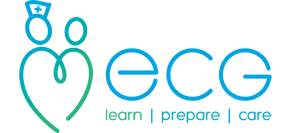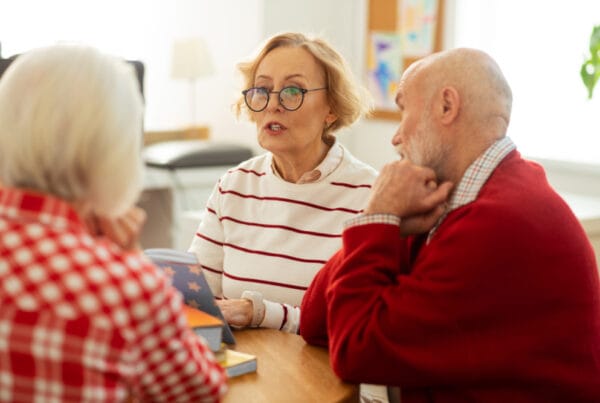Hi, my name is Gill Smith, I am an RGN I qualified in 2006. When I started nursing my first post was on a Gastrointestinal and Urology surgical ward. So, lots of wounds which I have to say I loved, changing dressings was very cathartic for me. I worked there for 4 years before moving to Recovery. I loved the team but found I needed more of a challenge; it was then that I decided ICU would be the ultimate challenge. I was right, when I started on the unit I was like a rabbit in the headlights. Luckily, the team were extremely experienced and supportive. I found that in no time at all I was caring for some of the sickest patients in the hospital without a second thought.

I loved my time on the unit but the last 6 months during the first spike in the pandemic was such a challenging time for all of us in the NHS. This was an unprecedented time and no amount of preparation could prepare us for the challenge we were about to face. Before long patients started coming in thick and fast, with everyone ventilated. As a small unit it was not long before we were full.

Nurses from all over the hospital were deployed to help, all terrified they were used to patients that were awake and responsive, not tubed on ventilators. Wearing full PPE, we looked like the cast in a Sci-Fi film. We had to write our names on the gowns so we could easily be identified.
This was a time of uncertainty for all, as new information was being filtered through, we were eager to try anything that would enable these patients to survive. This was when the doctors suggested proning the patients, ordinarily this was something that we did when everything else failed. Being a very risky procedure due to ventilator tubing, lines, and other monitoring. If it were not executed precisely, we could lose an airway.
Proning is when a patient is placed faced down on the bed to enable better oxygenation, this allows the largest part of the lungs to get as much oxygen as possible. It would take 7 members of staff including an anaesthetist to reposition these patients, this was all our patients. This procedure took exceptional precision, communication, and teamwork to coordinate. The patients were in this position for 16 hours, every 4 hours their head and arms would need to be re-positioned, to try and prevent pressure damage. Once the patients were turned back around their poor faces would be so swollen, the patients would often be unrecognisable. Despite the swelling these patients would be re-proned up to 9 or more times, often this worked however occasionally it did not.
This was a sad time for all, we lost multiple family members and no visitors were allowed to say their final goodbyes. Many of us wept for the families, while holding hands of the dying, so they were not alone on their final journey.
I am proud to say I was there on the front-line, part of an amazing team.
The thing that touched me most was the support from the public, the messages of encouragement and gifts. We were especially grateful for the gifts of hand cream for our poor hands. And the meals, sent in bulk when we were too exhausted to cook. Only having the energy to shower and fall into bed when we got home, just to start all over again a few hours later.
Written by Gill Smith (ECG Clinical Trainer), Wednesday 16th September 2020

